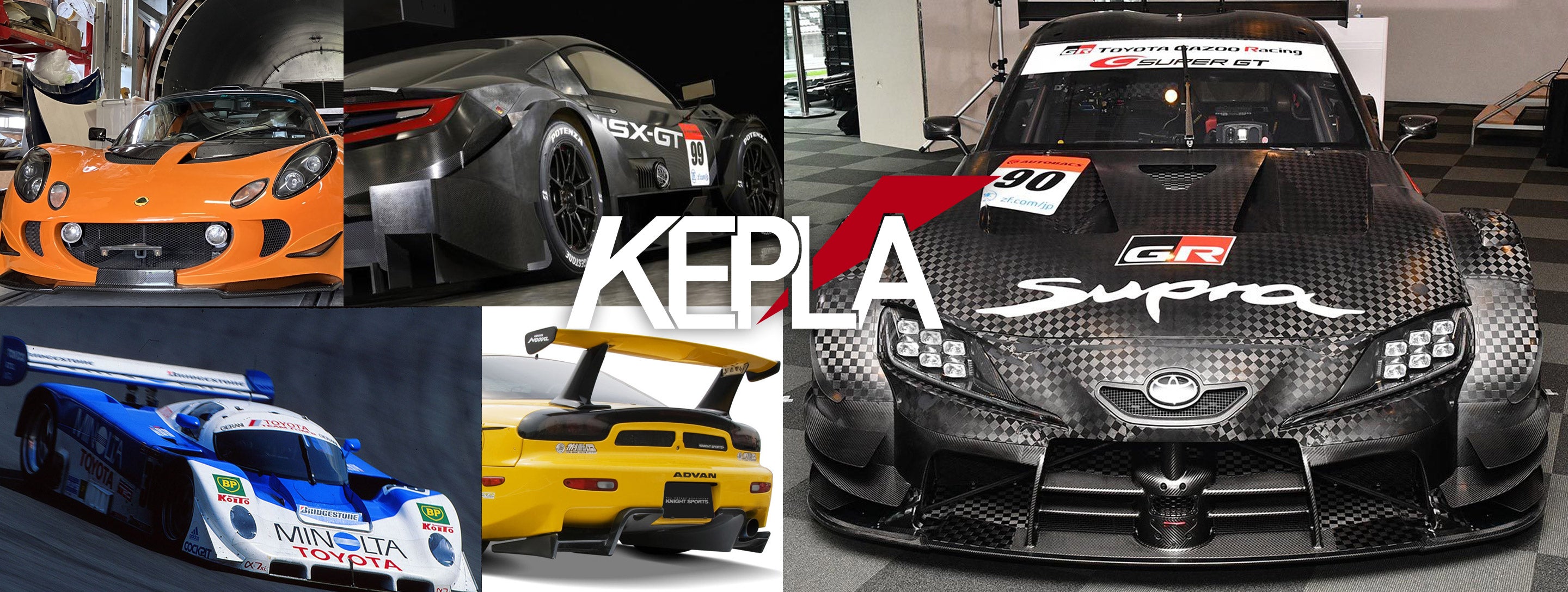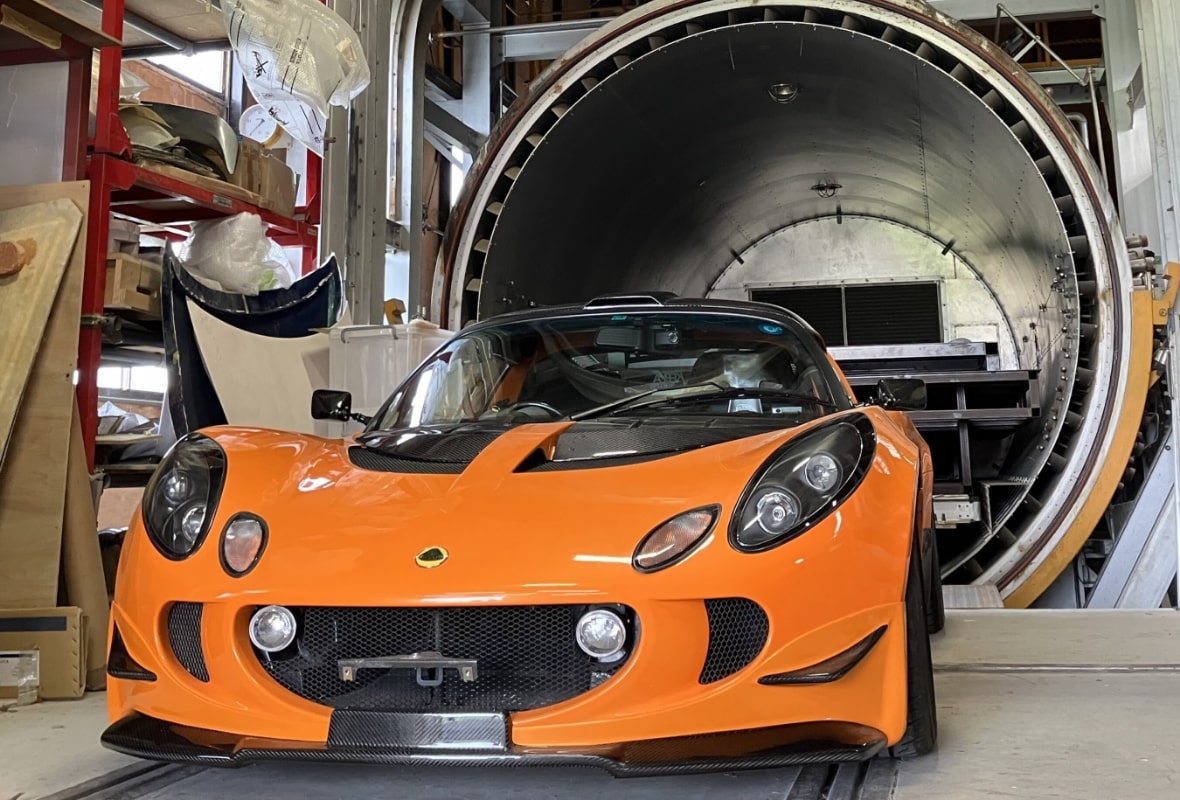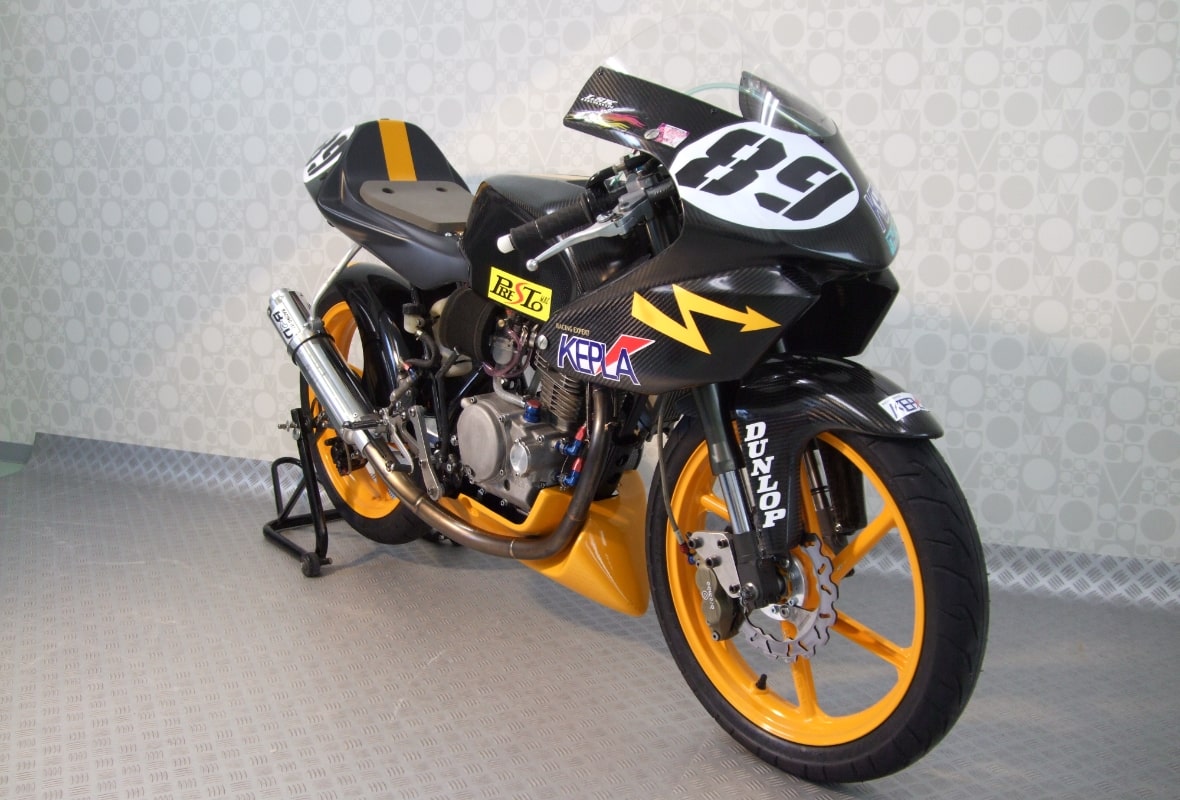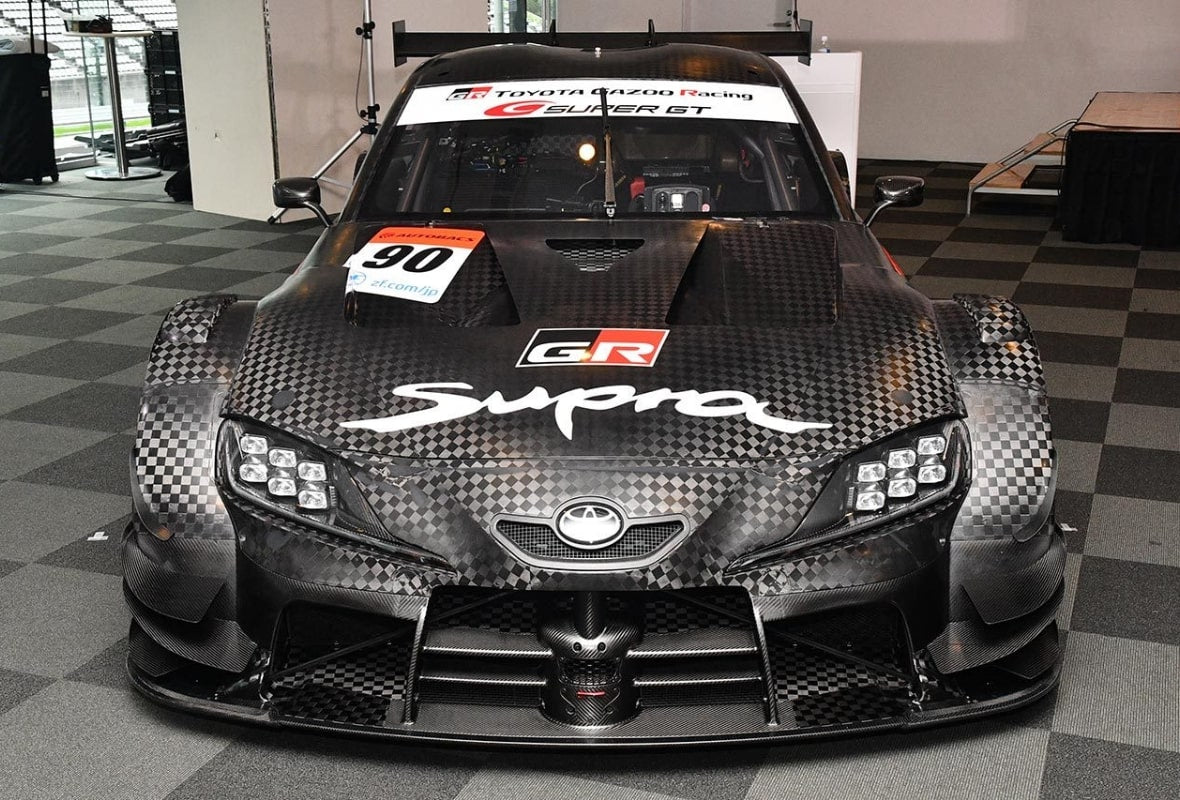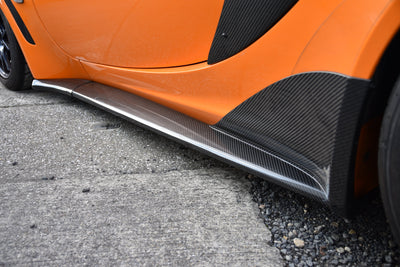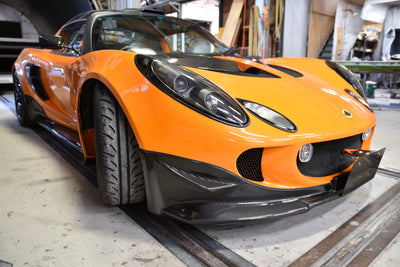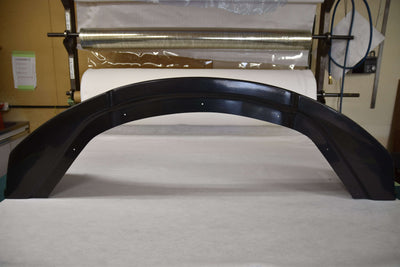KEPLA PRODUCT LINEUP BY MODEL
Select your car model to jump directly to Kepla aero parts.

Elise S2 (’01–’11)
Front lips, diffusers, side skirts and aero sets.

Elise S3 (’11–’23)
Lightweight dry carbon & FRP aero for Elise S3.

Exige S2 (’04–’09, Early & Mid)
Clamshells, wings and aero kits for early / mid S2.

Exige S2 (’09–’11, Late)
Late-model Exige S2 specific aero components.

Exige S3 (’13–’23)
Track-focused aero parts for Exige S3.

DC2
Front bumpers, lips, under panels and more for DC2.

DB8
4-door DB8 specific FRP & dry carbon aero parts.

RX-7 FD3S (’92–’02)
High-downforce aero parts for time attack & circuit use.

MX-5 NA / NB
Aero solutions for NA & NB Roadster / Miata.
ABOUT KEPLA
Kepla was founded in 1982 as a manufacturer of racing motorcycle panels, specializing in the development and production of both proprietary and OEM products. With a reputation for precision engineering and an extensive background in motorsports, Kepla has consistently pushed the limits of innovation, setting itself apart through cutting-edge material technology and superior craftsmanship. By 1983, Kepla expanded into the automotive industry, producing aero parts for manufacturers exhibiting at the Exciting Car Show (now known as the Tokyo Auto Salon).
With decades of experience, Kepla has been involved in the production of a wide array of automotive components, ranging from concept cars and racing machines—including 24 Hours of Le Mans, JGTC, JTTC, S-Tai, Formula cars, and time attack vehicles—to one-off custom builds and mass-produced OEM aero parts. Their expertise extends beyond the automotive sector, as they have also manufactured structural components for jumbo jets since 2009.
Kepla continues to leverage its extensive experience to develop and manufacture all of its original products in-house, pushing the boundaries of technology and innovation in motorsports and high-performance automotive applications.
KEPLA'S DRY CARBON TECHNOLOGY
1. AUTOCLAVE PROCESS
Kepla operates one of the world's largest autoclaves, with an inner diameter of 10’ x 20’ (310cm x 600cm). Compared to typical industry autoclaves, which range from 5’ to 10’ in diameter, Kepla’s facility provides unmatched capacity for manufacturing large-scale components such as hoods and full aero kits, ensuring precision and uniformity at a scale few can achieve.
2. PREPREG MATERIALS
Kepla exclusively uses prepreg carbon fiber from Toray Industries and Mitsubishi Chemical, which are known for their superior strength-to-weight ratio, exceptional durability, and resistance to heat and stress. These materials outperform traditional carbon fiber by providing greater structural integrity with minimal weight, making them the preferred choice for aerospace, motorsports, and high-performance applications.
3. ADVANCED REINFORCEMENT METHODS
Kepla employs proprietary reinforcement techniques used in both racing cars and aerospace applications. This exclusive method enhances strength while reducing weight beyond conventional carbon fiber layering techniques.
MATERIAL COMPARISON CHART
| Cost | Lightness (Weight) | Strength | Thermal Expansion | Aging of surface | Againg of contents | Heat-resisting property | Weather resistance | Resin amount (Less) | |
| Dry Carbon (Prepreg) | ★ | ★★★★★ | ★★★★★ | ★★★★★ | ★★ | ★★★ | ★★★★ | ★★ | ★★★★★ |
| Infusion Carbon | ★★ | ★★★★ | ★★★★ | ★★★★ | ★★★ | ★★★★ | ★★★ | ★★★ | ★★★★ |
| Wet Carbon | ★★★ | ★★★ | ★★★ | ★★ | ★★★ | ★★★★ | ★★ | ★★ | ★★ |
| FRP | ★★★★★ | ★★★ | ★★ | ★★ | ★★★★ | ★★★★ | ★★ | ★★★★ | ★★ |
| It depends on painting, coating | But all depends on the painting |
Summary
| Dry Carbon (Pre-greg) |
Pros: Lightest weight and Highest Strength, Cons: Deterioration, Highest price
|
| Infuion Carbon |
Pros: Lightweight and Higher strength, Cons: Higher price
|
| Wet Carbon |
Pros: Carbon Aesthetic, Cons: Can't make complex shapes
|
| FRP |
Pros: Cost and Stronger against aging, Cons: Heavy and Less strength
|
ABOUT CLEAR COATING FOR DRY CARBON FIBER PRODUCTS (PREPREG)
Please apply a UV-resistant clear coating, heat-resistant coating, or a similar protective finish to the product. Dry Carbon itself is very weak to surface deterioration over time.
We do not apply coatings for international shipments. Clear coatings are prone to scratching during long transit, especially in international shipments, where damage can be irreversible.
If the customer wants us to apply a clear coating on ordered products, please let us know before making an order. We will provide a cost estimate. However, we are not responsible for any damage or scratching that may occur during shipment.
We try to be careful when wrapping products, but we often see some minor scratches on products caused by internal shipments. These scratches are purely cosmetic and do not affect the performance or integrity of the product. They are unavoidable due to handling and transit conditions.
